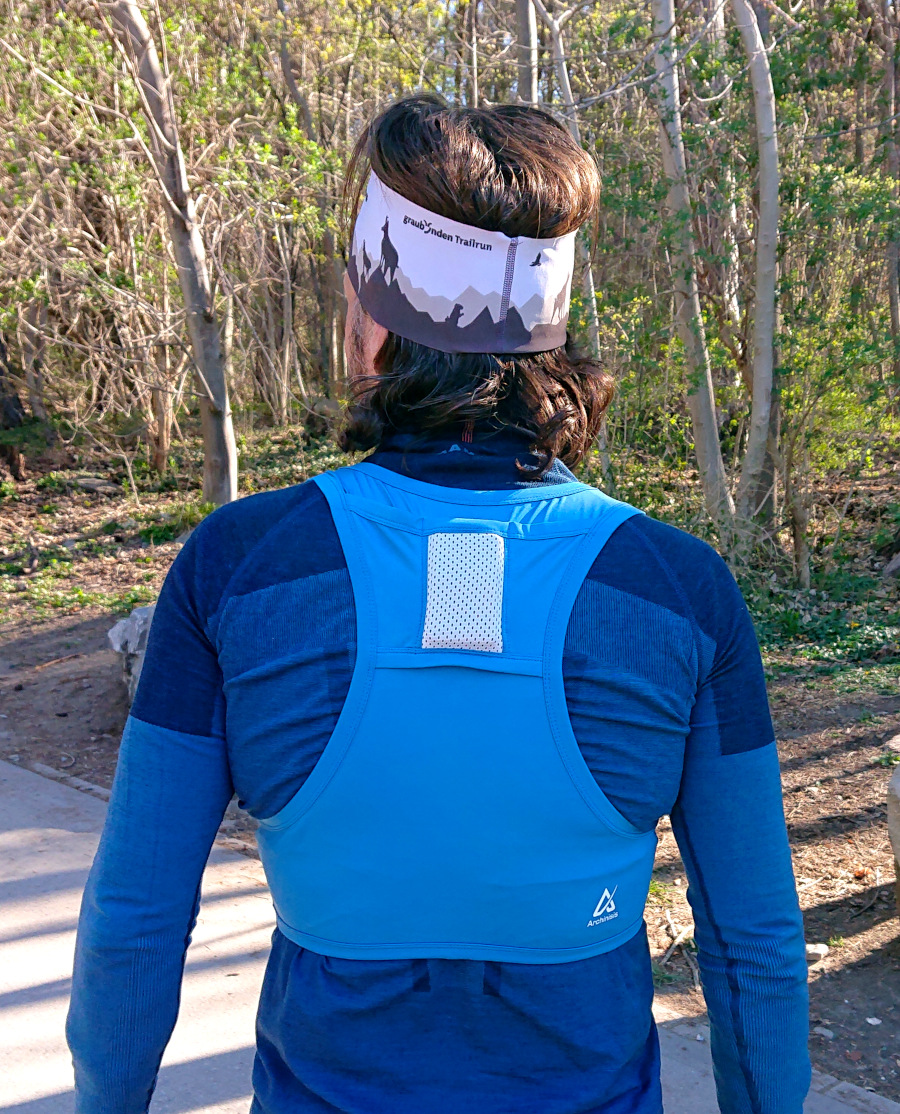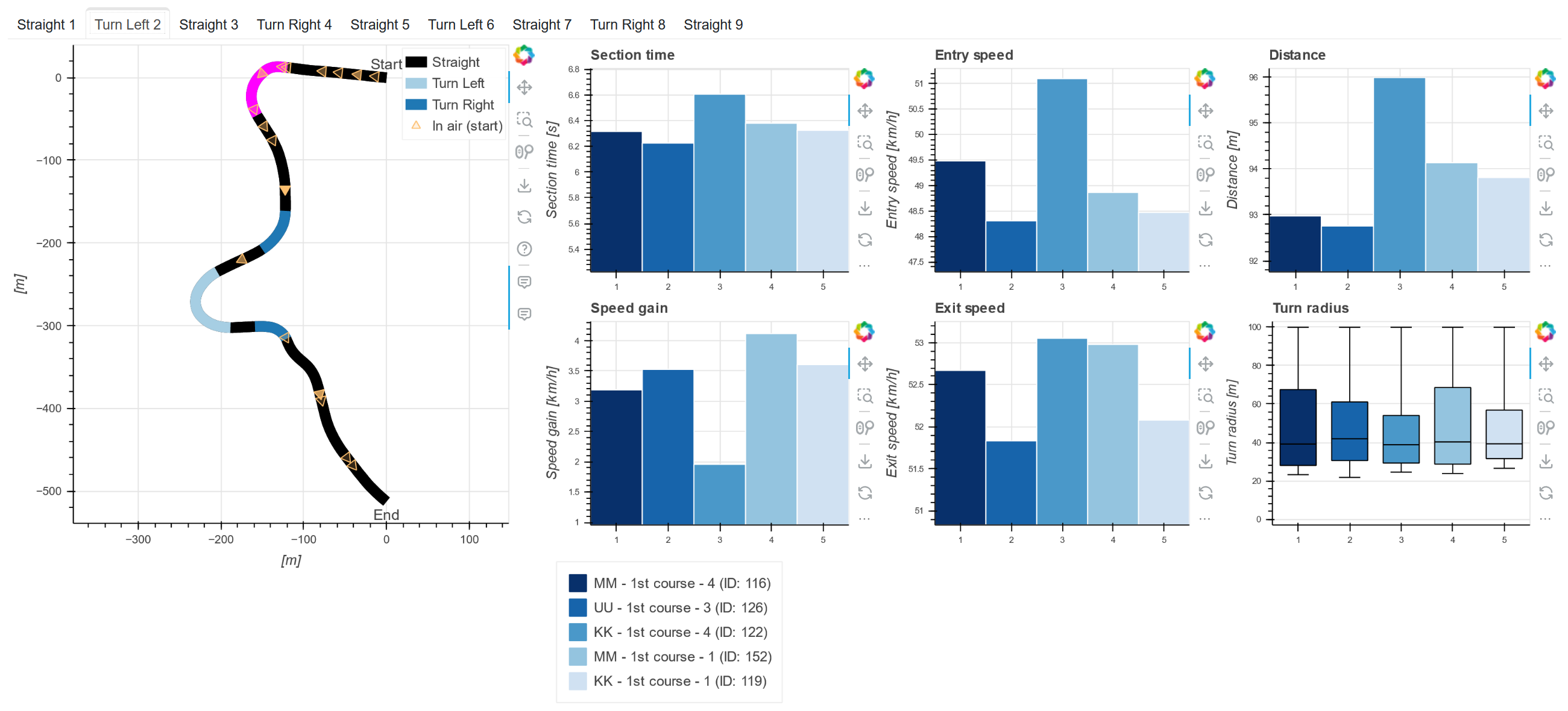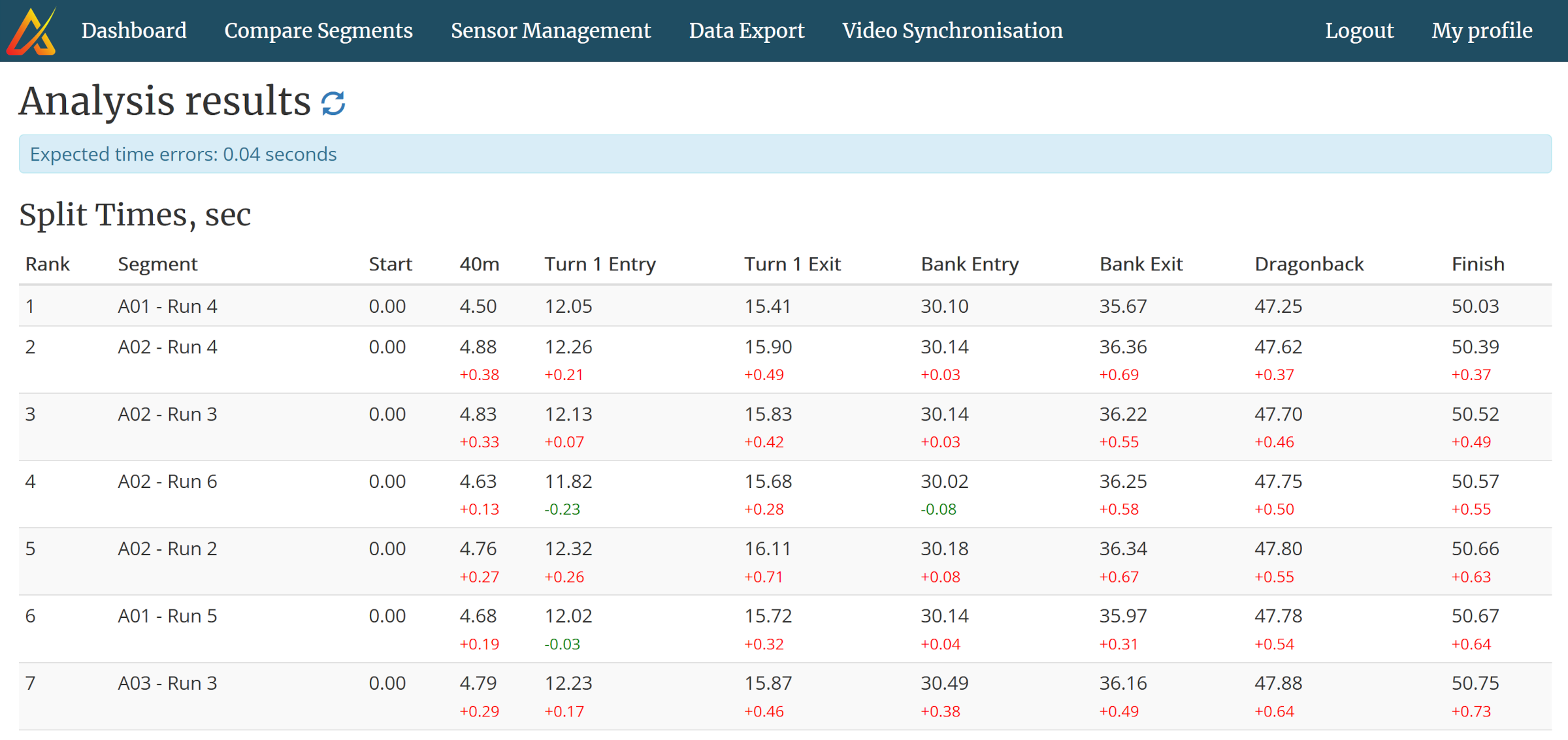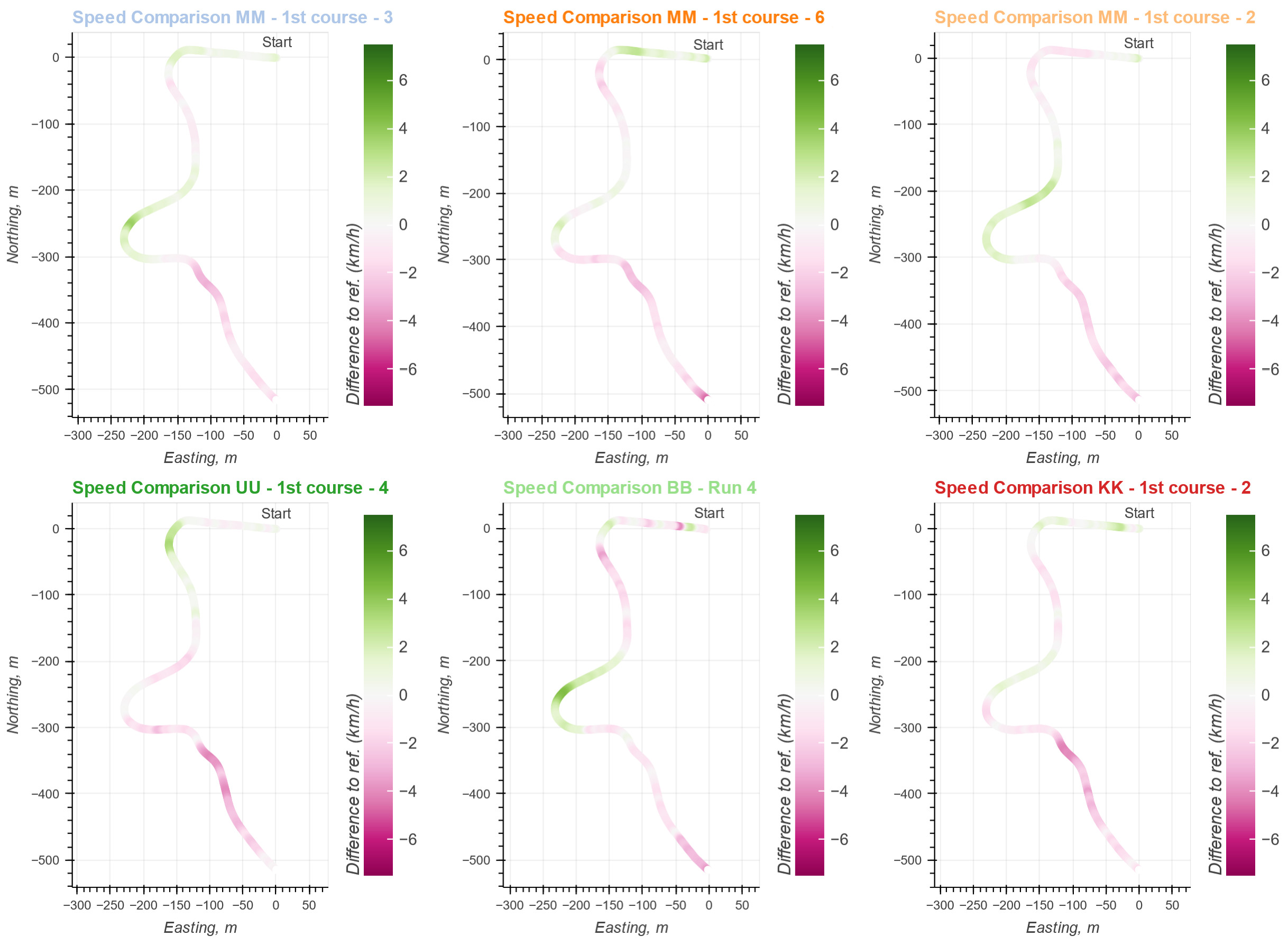Ski- and Snowboard-Cross Performance Analysis
Automatic Section Detection & Analysis
How does it work
- Switch the sensor on
- Wear it during practice or competition
- Our smart algorithms automatically detect, filter, and analyse all movement periods of interest
- Improve the performance based on the (live) feedback

During practice and/or competitions the athlete wears our sensor on his upper back. We provide a specially designed shirt to hold the sensor in place. For highest accuracy and real-time feedback we recommend using our flagship Naos sensor.
With the Naos sensor, data can be instantly streamed to our analysis server and you can access the sport-specific performance data via your smartphone, tablet or computer. With the legacy Admos sensor all data is stored on the sensor itself and you have to download the data via USB after completing a training session or competition.
Our analysis server automatically scans the data for the segments of interest and proposes them for in-depth analysis. With this smart segmentation, the exact start and an approximate finish of each run is automatically detected. No need for a painful browsing through hours of data and manual selection of the start and finish of a segment.
For each segment selected for the in-depth performance analysis our advanced fusion algorithms take all raw sensor data and computes the center of mass kinematics (3D position, 3D speed, 3D accelerations, angles of the upper body in space, and 3D rotation speeds) 200 times per second. The sport specific performance feedback is then distilled from these 3000 data points and visualized such that our users can obtain instant, easy-to-understand, and actionable performance insights.
Performance Analysis Options
- Automatic Section Analysis
- Automatic video synchronisation
- Interactive videos
- Ski line comparisons on videos
- Turn detection
- Split times and section analysis
- Speed and energy curves
Automatic Section Analysis
Turns and straight sections are automatically detected. You do no longer need to manually set split times. Turns are classified into left and right. For each section entry & exit speeds, total speed gain, and section times are computed. In addition, for turns, get average turn radius and total distance covered. For straight sections, jumps are detected and total time in the air is computed.

With these parameters one can see how the number of jumps and total time in the air affect speed and split times. For a turn, is it better to have it smooth, with a larger turn radius or make the turn as fast as possible, with a shorter turn radius? How much speed do I gain at the exit of a banked turn, when I take a wide, high, turn and try to maximize exit speed compared to a narrow, low turn? How does the difference in covered distance affect the section time?
Interactive Videos
All the videos are automatically synchronized with the data in seconds!
Interactively analyze your videos with the connected speed loss plot. Rapidly identify key moments of speed gain and loss and visualize the underlying movement. Athletes love how they can easily understand how their movement affects their skiing speed. The best tool to improve skiing technique and become the next champion.
Side-by-Side Video Player
Compare two videos side by side. With synchronous playback, aligned with the skier's position. Each video can be realigned individually, if necessary.

Line Analyses
It only takes a few seconds and you have a detailed ski line trajectory for line comparisons between athletes. Be the first to know which ski line is the fastest and win the next race. It works with any handheld video camera and works with zoom and pan.

Run B:

Section Analysis - Manual Splits
Set split times and obtain section statistics for each split time, such as entry and exit speeds or the total distance skied. This allows you to identify the best strategy and trade-off between a direct line and keeping speed as high as possible.
All the split times are computed based on the skier's trajectory. Which is obtained by fusing the GNSS (satellite) position information with the data from the inertial sensor. Even with this fusion we are restricted to a position accuracy of about 2m (unless we do the video fusion), depending on the satellite constellation and weather conditions on the day of the measurements. Our sensors and algorithms can estimate this expected position accuracy. Our web application then provides the expected time accuracy. In the figure below, this is 0.04 seconds. This means, that if you see a time difference of 0.04 seconds, it could be anything between 0.0 or 0.08 seconds, but statistically speaking the 0.04 second time difference was the most likely.

The section analysis allows a strategic analysis of the skiing. What line choice is the fastest and why? In the example below the fastest time (rank 1) had by far the shortest skiing trajectory length, 49.8m compared to over 52m for all other segments. But neither average speeds nor the entry and exit speeds were the highest. This leads to the conclusion, that for this particular section, it is important to minimize skiing length, even if speeds may be a bit lower. Of course, the next section also needs to be analyzed to see whether the lower exit speed did not penalize the athlete later.

Speed Comparison
Our speed analysis allows comparing the speed of all runs against the fastest or any other self-selected run. This helps to identify the key areas of speed loss or gain. For example, you may discover that an athlete is always loosing speed in right turns but not in left turns. And, of course, you will also be able to see that the overall fastest run was not the fastest everywhere, identifying where it's possible to be even faster.
The example below is from snowboard cross. Green colors mean that the selected run was faster than the "reference run" (in this case we selected the overall fastest run) and purple colors mean that the selected run was slower.

Convinced? You want to understand performance and improve your training as well?